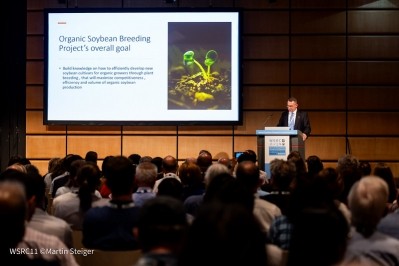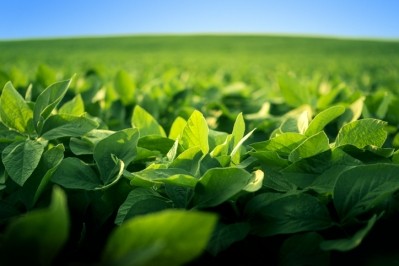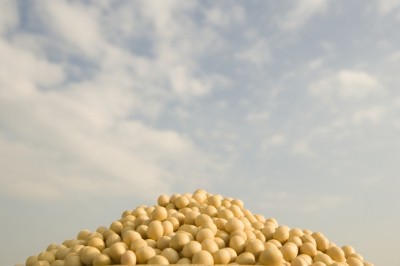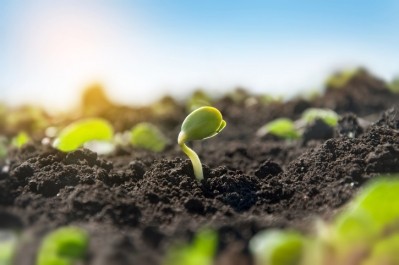Limited decrease in European soybean production predicted
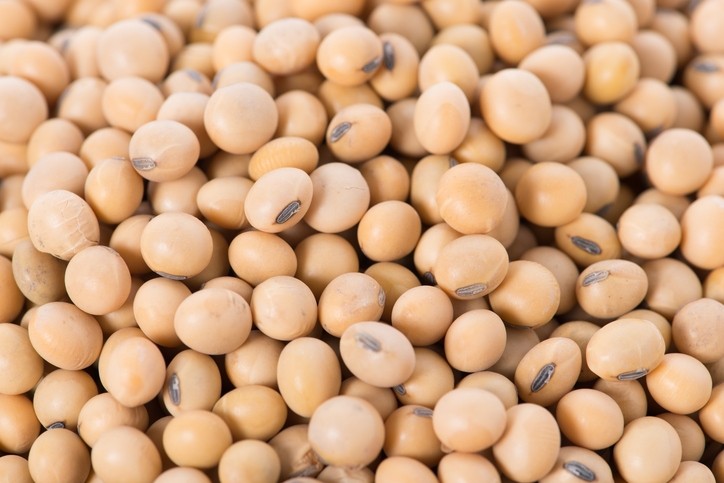
Protein crop cultivation in Europe is experiencing a strong revival, with record production in 2017/2018, according to the recently published report from the Commission – European Agriculture Outlook … 2017-2030.
“This was driven by a favorable policy environment and good demand.”
Total oilseed area planted in Europe in 2017/2018 was 3% above the average of the last five years. Sunflower area decreased by 1%, while rapeseed area recovered from two consecutive lower production years (+3 %). The increase in the soybean area was further consolidated (+30 %), but total area remains relatively small (only 15 % of the oilseed area), as per the Commission’s data.
However, Bertalan Kruppa, soy market analyst with the Donau Soja Organization, expects a pause in the rate of European soybean production growth in 2018.
“There are predictions of a small contraction in some regions despite the continued positive development in the demand for European soybeans,” he told us.
He noted that due to an increasing demand in the processing industries for European soybeans, the cultivation area in Europe increased 70% between 2012 and 2017.
The rule on Ecological Focus Areas (EFA) is linked to increasing biodiversity on EU farms. Producers with arable areas exceeding 15 ha must ensure that at least 5% of such areas is an 'ecological focus area' dedicated to ecologically beneficial elements such as fallow land, field margins, hedges and trees, and buffer strips.
In 2017, soybean production in the EU accounted for some 1.02 million hectares. Kruppa predicts that in 2018, it would likely involve 0.92 m ha only.
“Due to changing CAP regulations for Ecological Focus Areas (EFA), a mild 10% decrease is likely.”
Ukraine policy impact
However, he said this estimation of a limited decrease in soybean production in Europe does not take the recent policy change in Ukraine into account.
“On 7 December, the Verkhovna Rada – the Supreme Council of Ukraine - passed a law that will end VAT refunds for oilseed exporters by March 2018. Consequently, the competitiveness of Ukrainian soybean production for export will decrease (export share in 2016/17: 67%).
“It is too early to give a prediction of the effect [of the policy] on Ukrainian [soybean] production, but it is unlikely to support further expansion.”
He forecast, though, that organic soybean production would continue to expand.
Austrian organic soybean production reached 17,820 ha in 2017 – that figure comprises 27% of its total soybean area and an increase by 20% compared to 2016, said Kruppa.
From rapeseed to soybeans
The gradual demand shift from rapeseed towards soybeans is becoming more apparent, with a decreasing rapeseed area and increasing soybean imports and EU soya bean production, said the Commission in its agriculture outlook report.
“This trend, which is a reversal from the last decade, is expected to continue over the outlook period, as feed use will become the predominant driver of the oilseed complex, given uncertainty regarding first-generation biofuels.”
According to the US Department of Agriculture (USDA), total world oilseed production in 2017/2018 is projected at around 580 million tons. Global soybeans production is projected at around 350 million tons, close to last year’s record, while at 72 million tons, rapeseed is also in line with last year’s production, according to the International Grains Council (IGC).
